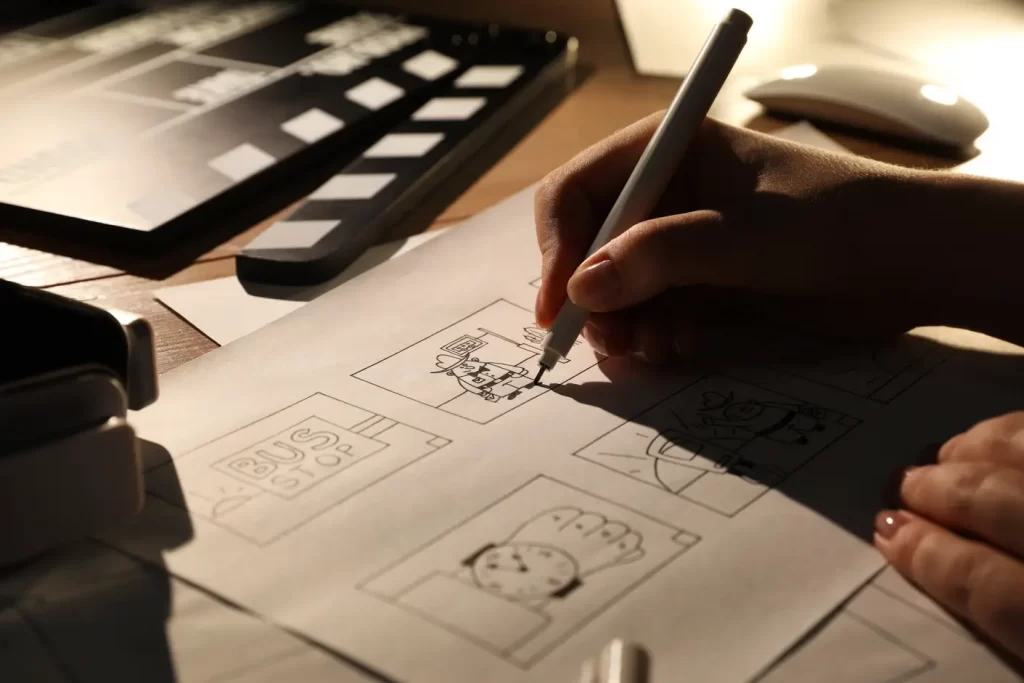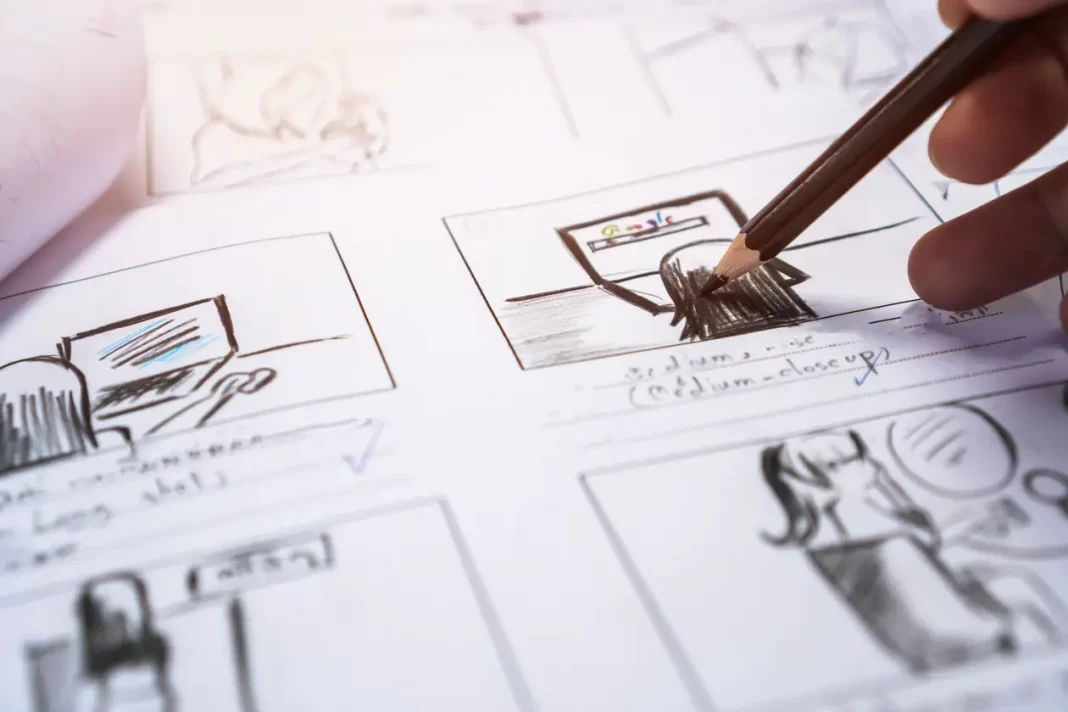The Role of Storyboards in Visual Storytelling
Storyboards are more than just artistic sketches; they are a crucial element in the pre-production process of filmmaking and animation. These visual narratives serve as a blueprint, guiding directors, cinematographers, and the entire crew through the creative process. They transform abstract ideas into tangible scenes, ensuring a cohesive vision and narrative flow. By providing a clear outline of the story, storyboards are instrumental in visualizing the project’s potential and laying the groundwork for production.
Visualizing the Narrative: Bringing Scripts to Life
Storyboards are the first step in bringing a script to life. They turn written words into visual sequences, allowing filmmakers to see how the story unfolds in a visual context. This visualization is crucial for planning shot compositions, camera movements, and the sequence of events within a scene. By offering a glimpse of the final product, storyboards help refine the narrative, enhancing the emotional impact and ensuring that the script’s essence is effectively captured on screen.
Facilitating Collaboration and Communication
Effective communication is vital in filmmaking, and storyboards are pivotal in achieving this. They act as a common language among different departments, from directors to set designers and even actors. By visually representing the scenes, the best storyboard artists use these tools to minimize misunderstandings and discrepancies in interpretation, ensuring everyone is on the same page. This harmonization of vision not only streamlines the creative process but also fosters a collaborative environment where ideas can be shared and developed collectively.

Efficiency and Cost-Effectiveness in Production Planning
In the world of production, time is money, and storyboards contribute significantly to efficiency and cost-effectiveness. By outlining the scenes in advance, they help identify potential logistical and creative challenges, allowing for proactive solutions. This foresight minimizes costly on-set changes, reduces the need for reshoots, and optimizes the use of resources. Storyboards thus play a critical role in budget management and scheduling, making them an invaluable tool in the pre-production phase.
Flexibility and Creativity: The Freedom to Explore Options
Storyboards are not just planning tools; they are canvases for creativity. They provide the freedom to experiment with different storytelling techniques, camera angles, and scene transitions before the actual shooting begins. This flexibility encourages creative exploration, enabling directors and cinematographers to try out various artistic approaches without the constraints of time and budget. It’s a safe space where the visual style of the film can be developed, refined, and perfected.
The Indispensable Tool for Pre-Production
So there you have it! Storyboards are indispensable in the pre-production process of filmmaking and are the bridge between the initial concept and the final production, ensuring a seamless transition from idea to screen. By enhancing communication, fostering creativity, and ensuring efficiency, storyboards play a fundamental role in bringing stories to life. Whether it’s a blockbuster movie or an independent short film, the storyboard remains an essential tool in the art of visual storytelling.














